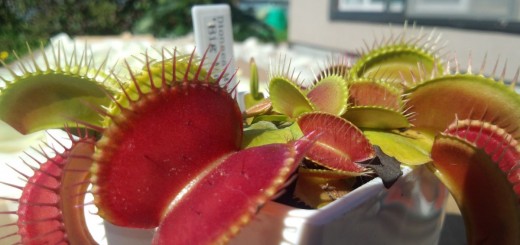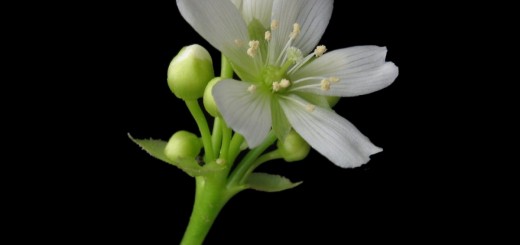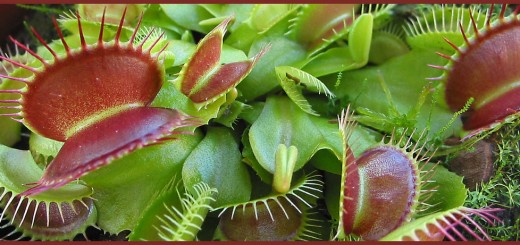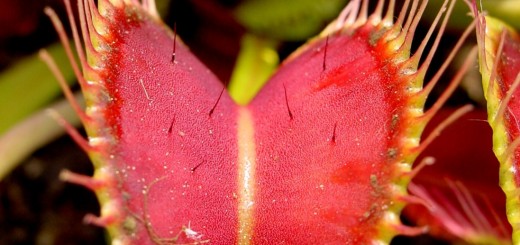Project Proposal
- Hayley Garrett, Jacob Walton and Ariel Alvarado
- Final Project; Venus fly trap
The thigmonastic movement of the venus flytrap is unlike any other in that of the plant kingdom. In this study, the movement of this plant will be studied, as well as the masses it takes to trigger the plant. Micro pipettes will be the primary tool used in distributing water among the trigger hairs; variations in water being used to measure the amount of pressure necessary to trigger the trap, while video analysis will be utilized in studying the movement of the plant.
- This project will be on the Dionaea muscipula (Venus flytrap) and testing the trigger hairs in the mouth of the plant. The reasoning behind choosing to experiment on the Venus Flytraps is because they possess attributes that differ from many plants: they are a carnivorous plant that open and close their mouths when the trigger hairs are triggered, used to consume live prey. We will be using micropipettes to trigger the hairs at different amounts of water. Which we will be using two cameras to take video of them closing to see if the amount of water for the second trigger works or not. We picked this plant on the grounds of not knowing much about it. The anatomy of the plant is very also different from any other plants that have been recorded.
- Seven specimens of D. muscipula, all similar in size and kept under constant, appropriate, living conditions were used in this experiment. Other instruments used consisted of a 2-20 um pipet, water, and an eight megapixel camera. The micropipet was first filled to its max capacity of 20 um. This amount was used to trigger the first trigger hair of the plant in each experiment. The second trigger varied in the amount of water, as to determine how much water would be enough to trigger the plant and how much water would have no effect on the plant. The variables of um of water used constituted of 2 um, 4 um, 6 um, 8 um, 10 um, 12 um 14 um,16 um, 18 um, and 20 um.The experiment was repeated until consistent, accurate data was formed. Videos of each experiment were documented on the eight megapixel camera.
- Our results will tell us if the different type of pressures of air or water will affect the Venus fly traps hairs to trigger and close their mouth. The results will be displayed as a graph and table but also in the video that we will have on our blog.
- References:
- Forterre, Yo�L, Jan M. Skotheim, Jacques Dumais, and L. Mahadevan. “How the Venus Flytrap Snaps.” Nature 433.7024 (2005): 421-25. Web.
- Volkov, A. G., T. Adesina, V. S. Markin, and E. Jovanov. “Kinetics and Mechanism of Dionaea Muscipula Trap Closing.” Plant Physiology 146.2 (2007): 694-702. Web.
- Volkov, Alexander G., Tejumade Adesina, and Emil Jovanov. “Closing of Venus Flytrap by Electrical Stimulation of Motor Cells.” Plant Signaling & Behavior 2.3 (2007): 139-45. Web.
- Volkov, A. G., H. Carrell, and V. S. Markin. “Biologically Closed Electrical Circuits in Venus Flytrap.” Plant Physiology 149.4 (2009): 1661-667. Web.
- Williams, Mary E., and Hugh N. Mozingo. “The Fine Structure of the Trigger Hair in Venus’s Flytrap.” American Journal of Botany 58.6 (1971): 532. Web.




